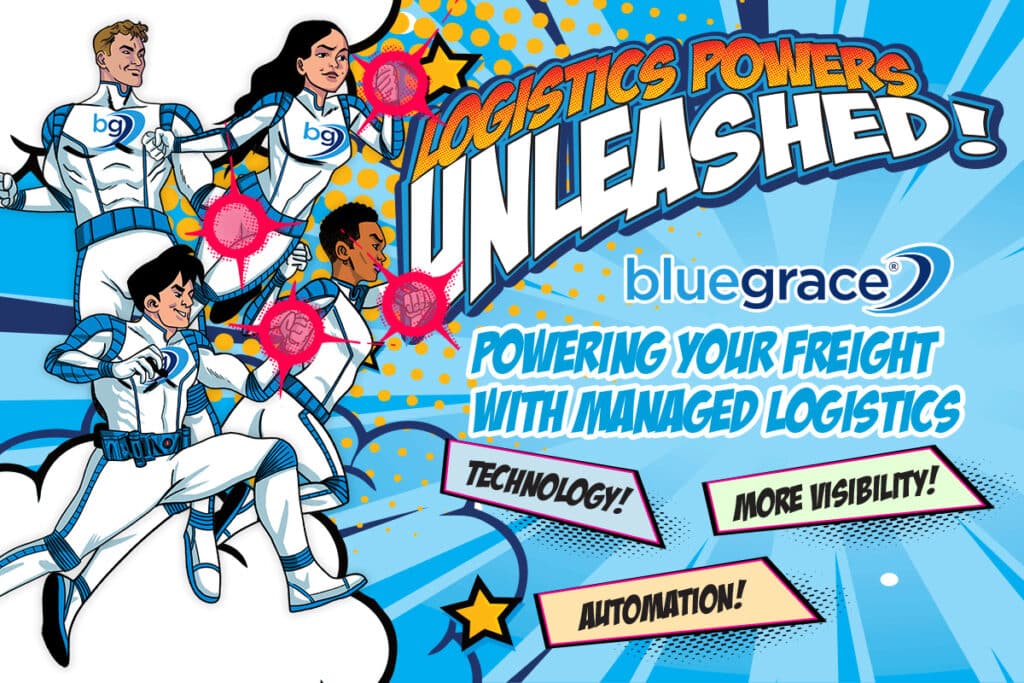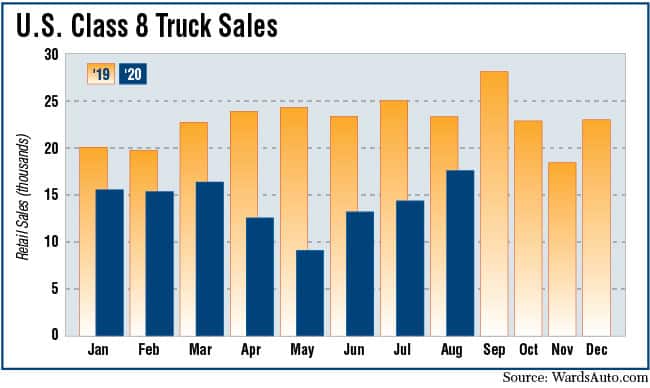Warehouse, Storage and Inventory
We are in unprecedented times and at historically low inventory levels across many sectors. The inability to deliver product and growing cost of lost sales are triggers to contemplate increasing inventories long-term. Reevaluate inventory levels, storage capacity and overall strategy. The cost savings of lean, just-in-time supply chains have an adverse effect on overall spend when paying significant premiums on capacity and service to get goods to the end consumer. Buying storage into the future could offer a buffer from material outages and regional/local distribution.
Weather
Unpredictable and damaging weather conditions continues to be a threat to supply chains. Hurricanes, blizzards, floods, tornadoes, etc. seem more common today than environmentally ever before. With these weather disruptions comes reductions in workforce, tightened capacity, fewer logistics options, increased risks, and increased costs. Establishing a weather-related strategy to insulate disruptions to supply chains has proven effective.
Your critical-weather supply chain strategy that includes:
- Early replenishment of inventories wherever and whenever possible
- Developing a weather-related routing guide that provides deeper access to capacity and local providers
- Developing relationships with FEMA related 3PLs/carriers
- Selecting 3PLs/carriers based on their ability to adopt and service during inclement/natural disaster times; understand their strategy
- Increasing open and advanced communications between organizations
- Making weather disruptions and disasters a part of overall business continuity planning
Managed Logistics Alternatives
With so many forces at work, and risks in today’s supply chain, the trend for adopting a managed logistics outsource will increase greatly. More and more shippers of all sizes will look to industry leaders who poses the expertise, engineering, operations, workflow processes, communications, and intelligent technology platforms to handle their supply chain and logistics needs. Proven strategies, efficiencies in automation and integrations, predictability and continuous improvements can be outsourced to achieve successful outcomes.
Is there any relief in sight?
There are so many dynamics to consider for the supply chain breakdown. Is there any relief in sight? There can be for those that are open to change and employ agile, flexible tactics. Organizations that have access to clean data and deep archives of historical information that can benefit by creating action, optimization and prescriptive decision making for their supply chains.
Consistent trends for 2022 will be the ability to manage change with agility, pivot efficiently in times of disruption, continuously improve and operate in a safe and healthy environment. Consider these traits and the topics above key elements in your supply chain strategy for 2022 and beyond.







